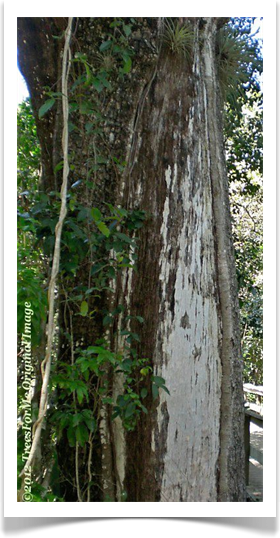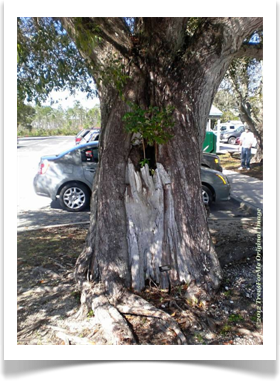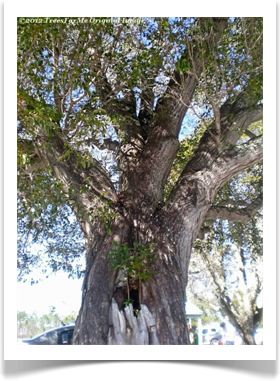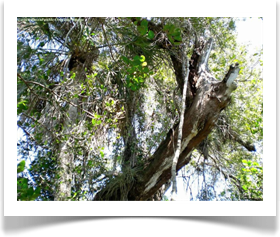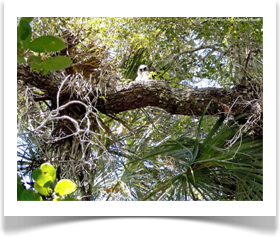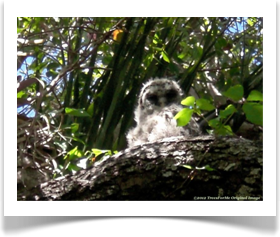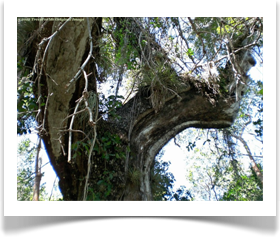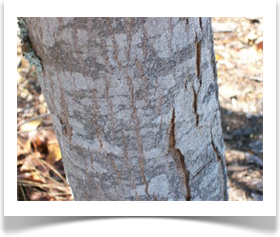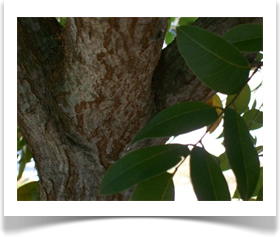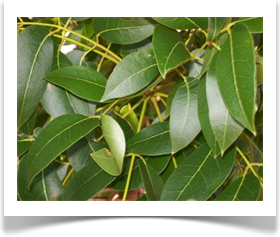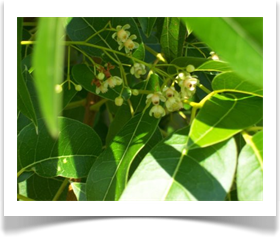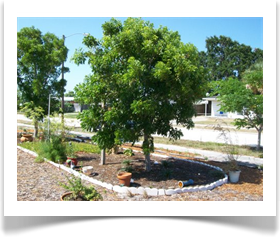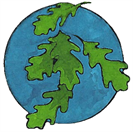Swietenia mahagoni (L.) Jacq., West Indian Mahogany




™

Custom Search

Want to add your tree to our picture gallery? Click here for details!
Image Gallery

Tree lists:
•A-Z by scientific
name
•A-Z by common
name
•By Family
For state A-Z list click state name below.
•A-Z by scientific
name
•A-Z by common
name
•By Family
For state A-Z list click state name below.
-Color denotes a tree that is rare or endangered


West Indian Mahogany is a highly valued
tree species native to Florida in North
America. Sadly, forest populations have
been decimated due to past extensive
lumber harvesting and poaching.
©2012 TreesForMe Original Image.
See usage requirements.

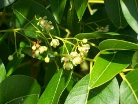
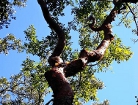

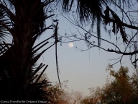
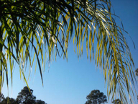
Home>Families>Mahogany, Meliaceae>West Indian Mahogany, Swietenia mahagoni>West Indian Mahogany Image Gallery
Once widespread throughout the lower
half of the Florida peninsula, Swietenia
mahagoni are now almost entirely
restricted to landscaping plantings with
few remaining in the forests.
Photo courtesy William Leahy
See usage requirements.
West Indian Mahogany trees have dark
green, glossy, smooth margined leaves
with a prominent yellow mid-ribs. In the
spring, small cream colored flowers
bloom.
Photo courtesy William Leahy
See usage requirements.
A fast growing tree species, young
mahogany trees have slender straight
trunks supporting a rounded crown.
Photo courtesy William Leahy
See usage requirements.
A baby barred owl sits in the canopy of
Swietenia mahagoni.
Everglades National Park, March.
Mahogany Hammock Trail.
©2012 TreesForMe Original Image.
See usage requirements.
This small barred owl sits in the largest
known West Indian Mahogany tree left
in the wild of the United States.
Everglades National Park, March.
Mahogany Hammock Trail.
©2012 TreesForMe Original Image.
See usage requirements.
The trunk of West Indian Mahogany is
twisted with exposed inner bark and the
canopy is full of air plants and mosses.
Everglades National Park, March.
Mahogany Hammock Trail.
©2012 TreesForMe Original Image.
See usage requirements.
A young Swietenia mahagoni,
on the other hand, has
smoother, ashy brown bark
with small vertical fissures.
Photo courtesy William Leahy
See usage requirements.
Young bark of West Indian
Mahogany has vertical fissures
where the redder inner bark is
exposed.
Photo courtesy William Leahy
See usage requirements.
The inner bark of any tree is dead, but as
long as the outer bark is alive, the tree will
live. This is the approximately 4 foot wide
trunk of the largest known West Indian
Mahogany growing wild in the forests of
the United States
Everglades National Park, March.
Mahogany Hammock Trail.
©2012 TreesForMe Original Image.
See usage requirements.
Rough bark, exposed inner bark, and
hollows were probably caused by past
storm damage in the hurricane prone tip
of the Florida peninsula. This West
Indian Mahogany greets you at the
Ernest P. Coe Visitor Center in the
Everglades National Park.
©2012 TreesForMe Original Image.
See usage requirements.
Swietenia mahagoni have thick trunks
and begin branching closer to the
ground- similar to an oak. They have
massive sturdy branches which ascend
into the canopy.
©2012 TreesForMe Original Image.
See usage requirements.
- Trees
- A-Z scientific
- A-Z by Common Name
- Families
- Aceraceae Maple Family
- Anacardiaceae Sumac Family
- Annonaceae Custard Apple Family
- Aquifoliaceae Holly Family
- Arecaceae, Palm Family
- Betulaceae Birch family
- Bignoniaceae Trumpet Creeper Family
- Burseraceae Frankincense Family
- Caprifoliaceae Honeysuckle Family
- Chrysobalanaceae Coco-plum Family
- Cornaceae Dogwood Family
- Cupressaceae Cypress Family
- Cyrillaceae Cyrilla Family
- Ebenaceae Ebony Family
- Ericaceae Heath Family
- Fabaceae Pea Family
- Fagaceae Beech Family
- Hamamelidaceae Witch Hazel Ffamily
- Hippocastanaceae Horse Chestnut Family
- Juglandaceae Walnut Family
- Lauraceae Laurel Family
- Leitneriaceae Corkwood Family
- Magnoliaceae Magnolia Family
- Meliaceae Mahogany Family
- Moraceae Mulberry Family
- Myricaceae Bayberry Family
- Myrsinaceae Myrsine Family
- Myrtaceae Myrtle Family
- Nyctaginaceae Four Oclock Family
- Olacaceae Olax Family
- Oleaceae Olive Family
- Pinaceae Pine Family
- Platanaceae Plane Tree Family
- Polygonaceae Buckwheat Family
- Rhamnaceae Buckthorn Family
- Rosaceae Rose Family
- Rubiaceae Madder Family
- Rutaceae Rue Family
- Salicaceae Willow Family
- Sapindaceae Soapberry Family
- Sapotaceae Sapodilla Family
- Simaroubaceae Quassia Family
- Styracaceae Storax Family
- Symplocaceae Sweetleaf Family
- Theaceae Tea Family
- Tiliaceae Lindon Family
- Ulmaceae Elm Family
- Taxaceae Yew Family
- Yucca Family
- Browse by State
- Rare or Endangered Species
- Trees_with_Special_Uses
- Tallest and Biggest
- Noxious Weeds
- Causes
- About Us
- Our Stores
